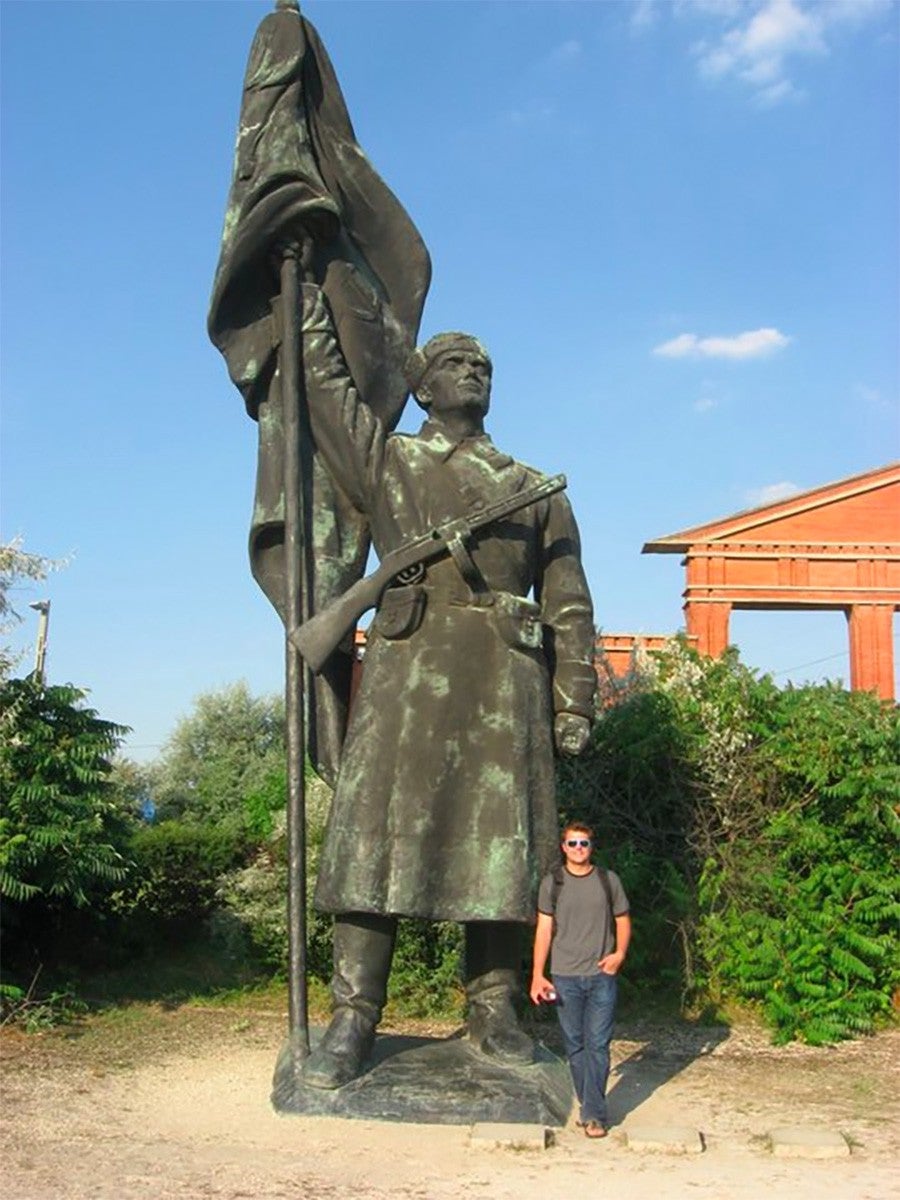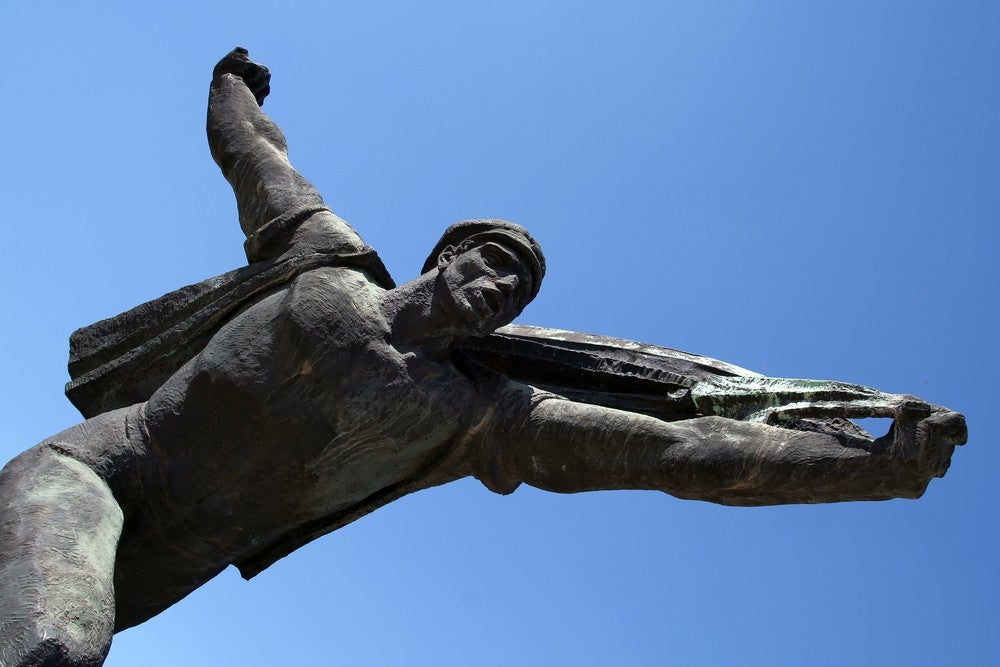Seven summers ago, I found myself standing at the base of a 30-foot high statue of a Bolshevik soldier, in an open-air museum tucked away in the Hungarian wilderness. The museum trip was part of a larger, post-graduation tour that spanned several countries and two continents, and came at the insistence of one of my travel mates, a history buff.

After a tense, 40-minute taxi ride from downtown Budapest, we happened upon a Memento Park, an open-museum filled with fallen statues from when the country was part of the Eastern Bloc. We spent the rest of the afternoon walking amongst the ruins of a Soviet regime that killed more people than the Holocaust.
I’ve thought about that museum and those statutes a lot the last few days now that my home country is embroiled in a similar debate about what to do with its own problematic statues from its own problematic past — in our case, statues honoring men who were willing to die for the most shameful institution (slavery) in our nation’s history.
The debate over what to do with Confederate statues has been simmering for years, but has reached a fever pitch after white supremacists marched in Charlottesville, Virginia, this past weekend to allegedly defend a statue of Gen. Robert E. Lee, leader of the Confederate army in the Civil War. (He lost, by the way.) And while Charlottesville was about far more than an empty hunk of bronze, protecting the statues of Confederate war “heroes” has proved to have considerable mainstream appeal — despite it putting people on the same side as fascists and the KKK. Dismantling the statues is an assault on history, these apologists say, and sends us hurdling down a slope of moral relativism that ends with us denouncing our nation’s most revered historical figures.
The first part of that argument — that a statue is a historical monument that, in-and-of itself, carries no moral judgement — is bullshit when you consider the very purpose of a statue, particularly one that sits in a public space. A statue is not an objective piece of art; it’s a literal monument to the person it depicts, and by its very nature, it celebrates them and what they stood for. (That’s in stark contrast to the Vietnam Veterans Memorial wall in Washington, D.C., for instance, which doesn’t advocate for anything, but is instead a sobering reminder of those who died fighting a senseless war.)

It’s no coincidence that a vast majority of Confederate statues were built at the turn of the 20th century, immediately after the Supreme Court upheld “separate but equal” race-based segregation, and when lynching and the KKK were on the rise in the U.S. There was another, smaller surge in Confederate monuments during the Civil Rights movement in the 1960s. These statues were erected with the sole purpose of invoking pride in an indefensible position: That it was somehow acceptable to own slaves.
That’s not to say the statues have no redeeming historical value, and should be destroyed upon removal, as many fear. Quite the opposite, really. The statues can serve as a solemn reminder of not only slavery, but a time when racism was so pervasive in American culture that it was socially acceptable for local governments to commission statues of Confederate leaders.
What’s important is the context and manner in which the statues are presented, and Memento Park in Hungary serves as a possible model for how to present a problematic artifact in a way that’s edifying without being celebratory.
The statue portion of the park is officially called “A Sentence About Tyranny Park,” which, while clunky, sends a clear message about how modern Hungarians feel about life under Communism. After World War II, the Soviet Union installed what they called a “people’s democracy” in Hungary, but it was really just a puppet government subject to the vicious rule of Josef Stalin. It would take decades for Hungary to fully disentangle itself from the Soviet Union. The country didn’t hold its first free parliamentary elections until 1990, and the last Soviet occupying soldier didn’t leave the country until the following year. (You can read about this history in greater detail on the Memento Park website.)

Typically, countries celebrate independence by toppling the statues dedicated to their former occupiers, but rather than smelt the statues erected under Communism, Hungary moved them to Memento Park as a solemn, cautionary reminder of the terrors of fascism. They act as sick celebration of Stalinism and the 20 million political dissidents he either starved or executed (many of them his own citizens). There is nothing in the literature praising the sculptures for their aesthetic brilliance (and many of them are legitimately beautiful), but rather a sparse walking museum that forces you to ponder the conditions under which they were created.
“These statues are a part of the history of Hungary. Dictatorships chip away at and plaster over their past in order to get rid of all memories of previous ages. Democracy is the only regime that is prepared to accept that our past with all the dead ends is still ours; we should get to know it, analyse it and think about it,” the designer of Memento Park once said.
The same is true of our Confederate statutes. Destroying them neglects their important, if uncomfortable, place in our history. While leaving them up is repugnant. But a place that presents Confederate statues as artifacts of a complicated national history, and not pieces of public art that are intended to be admired, seems like a healthy balance.
